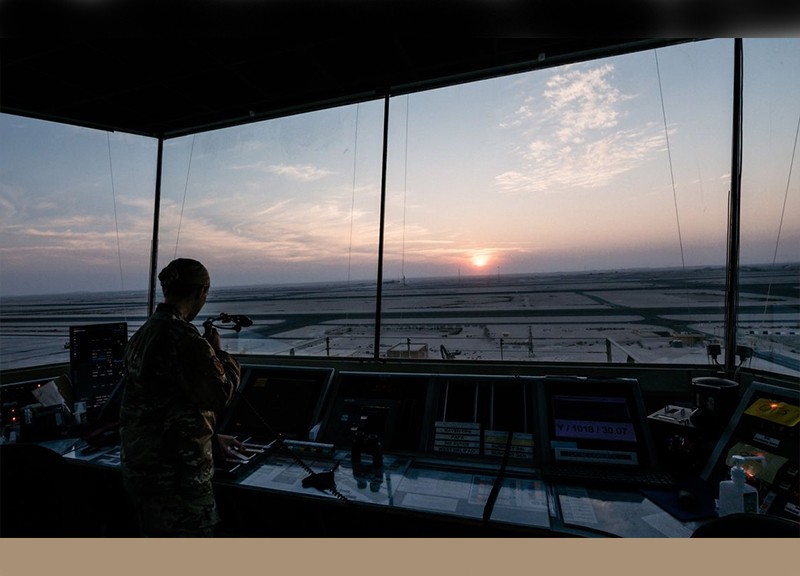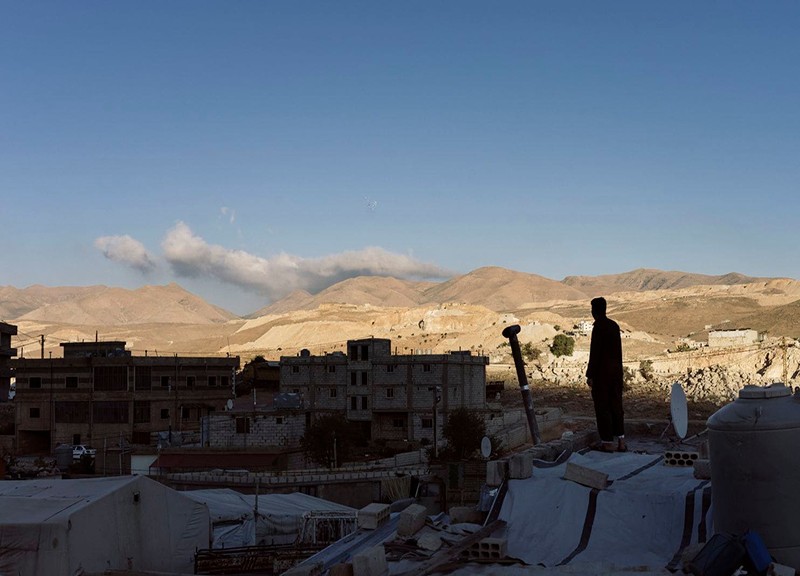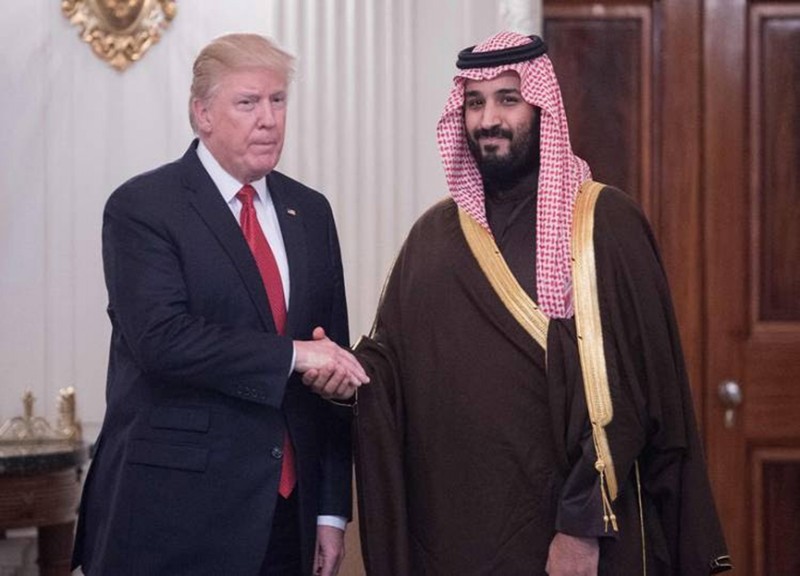
Washington shifts some warplanes to Qatar to allay concerns among Gulf powers about riling Iran and its proxies
Nancy A. Youssef, Gordon Lubold and Michael R. Gordon. WSJ
WASHINGTON—The Pentagon is shifting jet fighters, armed drones and other aircraft to Qatar, repositioning its forces to get around restrictions on conducting airstrikes from an air base long used by the U.S. in the United Arab Emirates.
The U.A.E. informed the U.S. in February that it would no longer permit American warplanes and drones based at Al Dhafra air base in Abu Dhabi to carry out strikes in Yemen and Iraq without notifying Emirati officials ahead of time. That has prompted U.S. commanders to send the additional aircraft to Al Udeid air base in Qatar, the small Persian Gulf monarchy that hasn’t imposed similar restrictions, U.S. officials said.
The move highlights the growing tensions between Washington and some Persian Gulf countries that have allowed American forces to be based on their territory but are wary of being drawn into a regional conflict as the war in Gaza begins its eighth month in a few days.
The U.S. has access to numerous bases across the Middle East that it has used in recent months to conduct airstrikes in Iraq, Syria and Yemen. It has also intercepted drones and missiles over the Red Sea and in the airspace over Jordan and other countries.
But as regional tensions have risen, the U.A.E. has grown increasingly nervous that it could be targeted by Iranian proxies in the region if it is seen to be publicly aiding U.S. military operations, officials said.
“Restrictions have been imposed on strike missions against targets in Iraq and Yemen,” a U.A.E. official told The Wall Street Journal, explaining the decision to limit U.S. warplanes based in its territory from conducting airstrikes. “Those restrictions are coming from a place of self-protection.”
U.A.E. restricted attacks against Iraq and Yemen from aircraft based at Al Dhafra without prior notification because the U.S. was slow to take action to defend the U.A.E. after it came under attack from militias in those countries in early 2022, according to the Emirati official.
The U.S. hasn’t asked the U.A.E. to conduct strikes in Iraq or Yemen since the new requirement was imposed in February, U.S. military officials said. The U.S. arranged with the Qataris in recent days to bring in the additional jet fighters, reconnaissance planes and armed drones to Al Udeid, according to a person familiar with the discussions.
U.S. drones have been especially important in the U.S. attacks in Yemen, striking missile launchers and other Houthi targets. Last month, the Houthis said they shot down a U.S. MQ-9 Reaper drone with a surface-to-air missile. The Pentagon confirmed one of its drones crashed in Yemen, the third MQ-9 lost during the conflict with the Houthis in the past six months.
U.S. airstrikes in Yemen haven’t halted Houthi targeting of ships in the Red Sea and even a cease-fire in the IsraelHamas war might not end the attacks, Avril Haines, the U.S. director of national intelligence, told the Senate Armed Services Committee on Thursday.
Iran last month launched more than 120 ballistic missiles, more than 30 cruise missiles and approximately 170 drones at Israel, following an Israeli airstrike in Syria that killed senior Iranian commanders. The Saudis and Emiratis shared intelligence that aided Israel’s defense but have declined to publicly describe their role further.
In Yemen, the Houthis have carried out nearly 100 attacks on commercial vessels and naval forces operating in the region, including the U.S., according to a May 1 Congressional Research Service report.
In response, the U.S. has targeted the Houthis with airstrikes in an effort to curtail the strikes.














